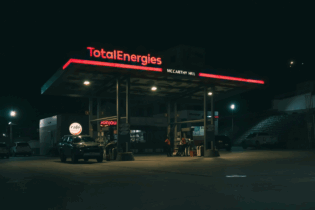The recovery plan for Transnet Port Terminals’ (TPT) Durban Container Terminal (DCT) Pier 2 was introduced last year. This followed delays and downtime linked to the rollout of the Navis SPARCS N4 terminal operating system. This system is in use at most of TPT’s container terminals, but DCT Pier 2 was the biggest and most complex terminal to have adopted it.
Navis is a web-based portal that provides real-time shipping information to TPT and customers, allowing them to track the movement of containers in port. TPT was also the first port operator in the world to use the multi-site, single-server functionality of the system. During disruptions, TPT worked closely with the Navis software manufacturers to iron out the technical issues and then set out to introduce its recovery plan to industry and other stakeholders. This plan aimed to stabilise the terminal’s operations from June 2011 and to grow the business thereafter by encouraging improvement in key areas such human capital, equipment and planning. With the delays and outages from the complex rollout of the Navis SPARCS N4 terminal operating system now minimised at DCT Pier 2, port operator Transnet Port Terminals says it is focusing on sustaining employee performance and cementing correct business processes at the cargo facility. Terminal executive for DCT, Hector Danisa, recently outlined some key productivity improvements since a recovery plan was introduced at DCT Pier 2 late last year. The plan aimed to reduce bottlenecks and boost the terminal’s operational performance after delays and technical downtime linked to the Navis rollout in April 2011. Thus far, DCT had seen improvements in its container handling rates, berthing times, truck turnaround time and degree of congestion in the container stacking yard. “We are focusing on the so-called ‘softer’ issues now, namely intensifying efforts to improve employee productivity, boost morale, reduce absenteeism, improve safety and inculcate a real performance culture across the terminal,” said Danisa. He said while DCT Pier 2’s container handling had improved beyond pre-Navis launch levels, the challenge was now to build sustainable processes to ensure continued performance and to make DCT competitive at international norms.This, he said, TPT was addressing through various human capital initiatives such as:
- The establishment of mission-directed work teams at DCT, spearheaded by TPT’s new People Transformation and Development Unit. These teams are essentially ‘mini businesses’ grouped within the operation according to type of work, and each group will focus on quality, speed, cost, safety and people as work is executed.
- A mentorship programme for operators of lifting equipment to improve crane handling.








